Search
Search Results
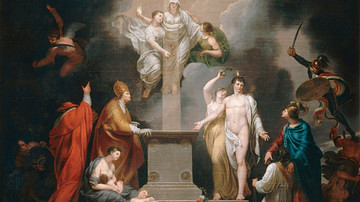
Article
Napoleonic Concordat of 1801 & Religious Pluralism
The Napoleonic Concordat of 1801 defined France's relationship with the Catholic Church for over 100 years. The Organic Articles were added in 1802 and provided state recognition of the Reformed and Lutheran confessions alongside the Catholic...
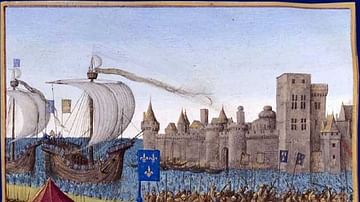
Definition
Eighth Crusade
The Eighth Crusade of 1270 CE was, like the Seventh Crusade (1248-1254 CE), led by the French king Louis IX (r. 1226-1270 CE). As previously, the idea was to attack and defeat the Muslims first in Egypt and then either reconquer or negotiate...
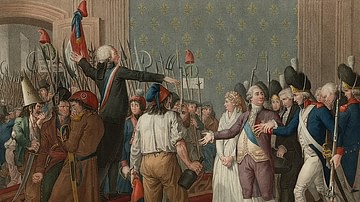
Definition
Demonstration of 20 June 1792
The Demonstration of 20 June 1792 was a final attempt by the sans-culottes of Paris to reconcile King Louis XVI of France (r. 1774-1792) with the French Revolution (1789-99). Prompted by the king's veto of popular decrees, the people invaded...
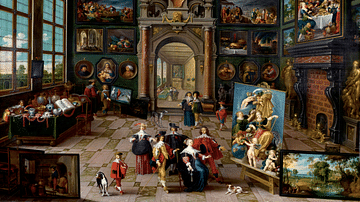
Article
Baroque, Age of Contrasts - Exhibition Interview Schweizerisches Landesmuseum
The Baroque era, which lasted from roughly 1580 and 1780, was a time of enormous contrasts: Opulence and innovation, on the one hand; death and crises, on the other. Ongoing religious wars and the opening of global trade networks led to mass...

Definition
Château de Chambord
The Chateau de Chambord, located in the Loire Valley of Loir-et-Cher, France, was built between 1519 and 1547 CE. This fine French Renaissance building, although impressive in both size and architectural detail, was commissioned by Francis...
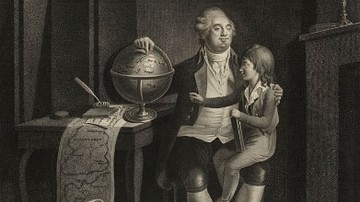
Image
Louis XVI Educating His Son in the Tower of the Temple
As a prisoner in the Tower of the Temple, King Louis XVI of France still made sure to educate his son, the dauphin Louis-Charles (Louis XVII of France) on history and geography. Image by unknown author. Museum of the French Revolution, Vizille...
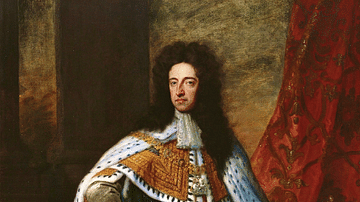
Definition
William III of England
William III of England (also William II of Scotland, r. 1689-1702) became king of England, Scotland, and Ireland after the Glorious Revolution of 1688. Protestant William, Prince of Orange, was invited to rule jointly with his wife Mary II...

Image
Examination of Louis the Last
A depiction of the examination of King Louis XVI of France during his trial on 26 December 1792, with a description that read "the examination of Louis the Last". Illustration by Éléonore Sophie Rebel in Histoire-musée de la république Française...
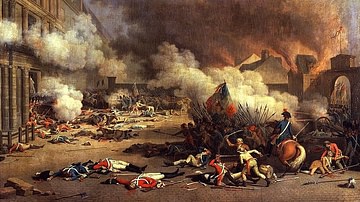
Definition
Storming of the Tuileries Palace
The Storming of the Tuileries Palace, also commonly known as the Insurrection of 10 August, was a defining moment in the French Revolution (1789-99) that saw the armed revolutionaries of Paris invade the residence of King Louis XVI of France...

Image
Louis XVI on the Scaffold
At around 10 am on 21 January 1793, King Louis XVI of France was executed at the age of 38. This engraving depicts the executioner, Charles-Henri Sanson's attempt to bind the king's hands. Louis had begun to resist until his confessor, the...